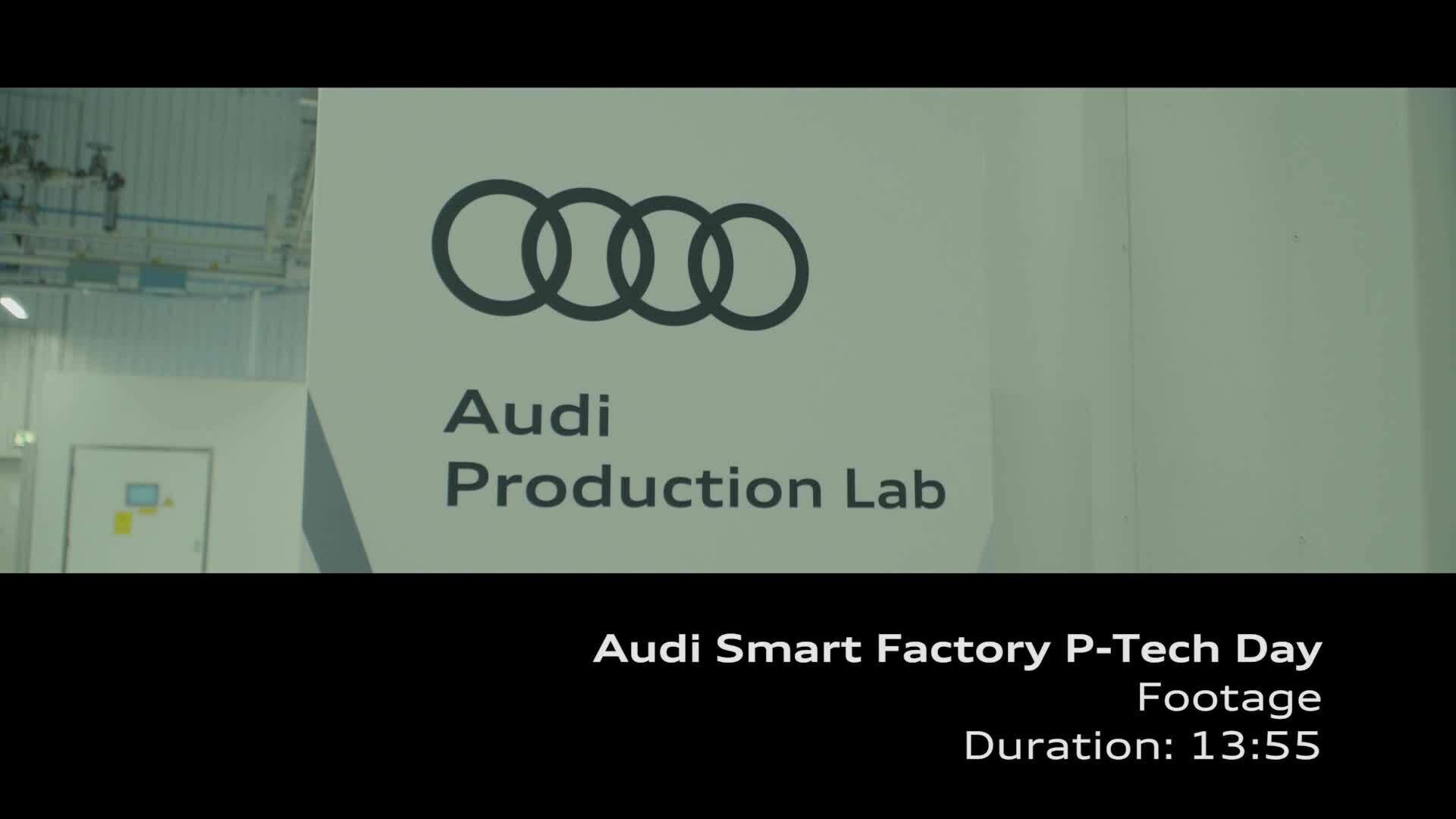Search
All search results for "Audi TechDay Smart Factory "
(8)
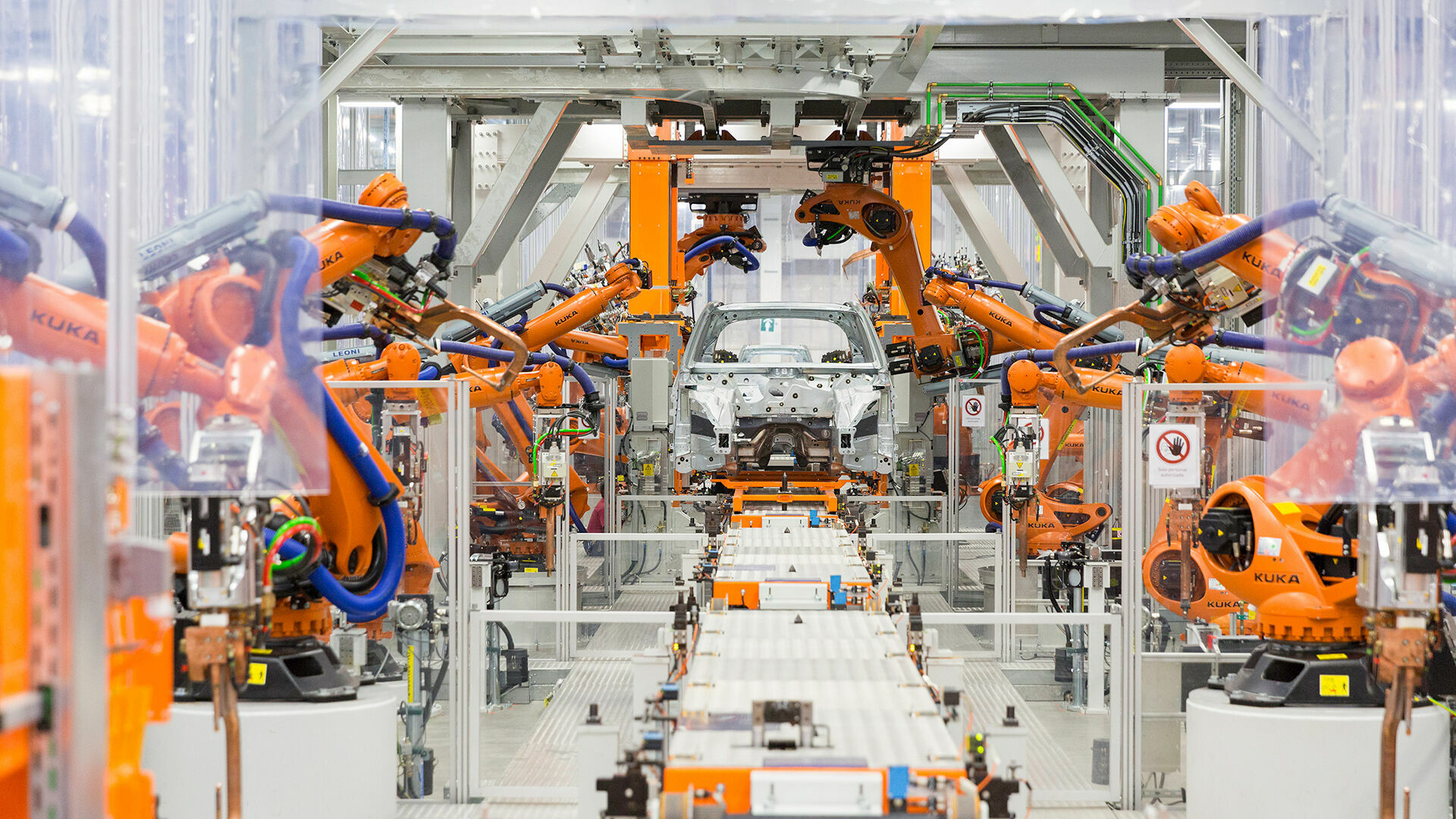 Profile of location
Profile of location
Audi México is the Audi Group's newest plant. It is equipped with the latest advances in manufacturing processes and is committed to ecological, social, and economic sustainability. The 460-hectare Audi plant in Mexico is located in San José Chiapa, 60 kilometers from Puebla. It plays an important role in the internationalization of the brand as part of the Volkswagen Group's network of production plants. On May 4, 2013, the first stone was laid to mark the start of construction in the municipality of San José Chiapa. During construction from 2013 to 2016, supplier development and employee training were carried out. On October 21, 2014, the 20,000-square-meter Audi Training Center was opened in the immediate vicinity of the plant. On September 30, 2016, the inauguration of the Audi México plant took place. When production commenced, the Audi Q5 became the first premium car made in Mexico. It is exported to different markets all over the world. In 2019, six years after the plant's groundbreaking, Audi México announced the production of the Q5 TFSI e*, the first premium hybrid produced in the country. With the introduction of this variant into Audi México's product portfolio, the plant in San José Chiapa contributes to Audi's electrification strategy. In 2023, on the 10th anniversary of the plant’s groundbreaking, it reached the milestone of the first million cars produced in Mexico. Audi México manufactured 175,626 Audi Q5 vehicles in 2023. Following on from that, 2024 was an important year for Audi México as well. The new Audi Q5 started to roll off the assembly line at the Mexico site. The Audi plant in San José Chiapa had been preparing intensively for the production of the new model, which is based on the Premium Platform Combustion (PPC). At the Mexico site’s training center and through exchange programs with other Audi sites, Audi trained more than 3,500 employees in the production of the new Q5 models.
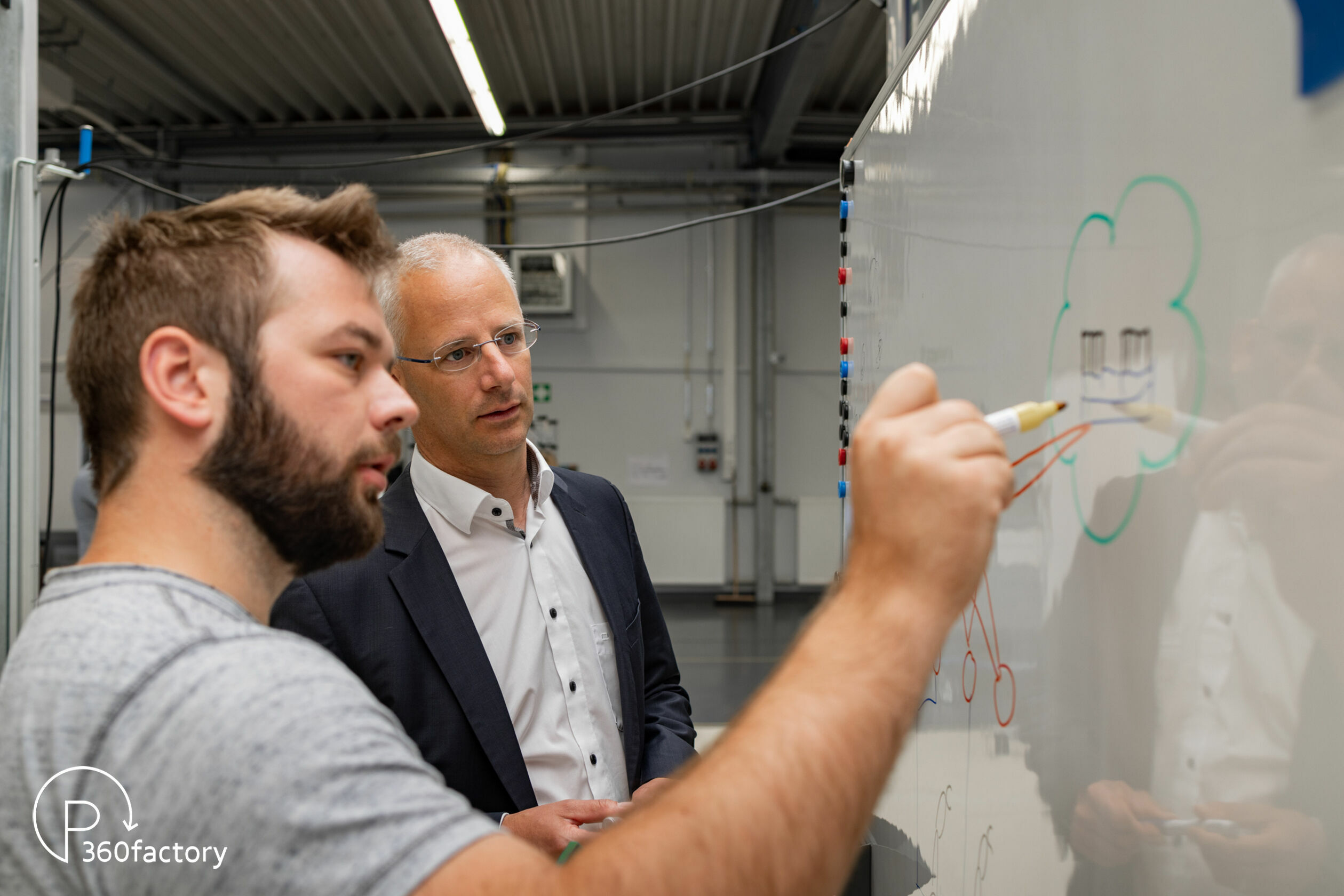 Audi Production Lab: The link between an idea and high-volume production
Audi Production Lab: The link between an idea and high-volume production
About 30 employees research and test whether technologies that are not yet used in production processes have the potential for mass production Software and cloud-based solutions will define automation in the future Proximity to production enables direct exchange with users
Audi uses its Production Lab, or P-Lab for short, to identify new and innovative technologies and reliably integrate them into production sequences. In Gaimersheim, just a few minutes drive from the Ingolstadt plant, experts under P-Lab director Henning Löser test the suitability of trailblazing new solutions for series production. That means finding and testing innovations that reliably help optimize efficiency, ergonomics, flexibility, and quality in Audi plants.
When sharp minds work together, a comfortable couch isn’t always necessary. Certainly not in Audi’s Production Lab. Anyone who enters the hall in Gaimersheim feels like they are in a combination of a shop floor and an IT lab. In one corner are the 5G antennas. Diagonally across from them, an industrial robot is sitting on its base. Behind that are the server cabinets. IT experts sit at desks looking at their computers. “We take an idea that worked once under lab conditions and get it off the ground so it can go into stable 24/7 operation,” Löser explains. “We don’t need a big sofa or a football table for that.” For Löser, a real production environment is much more important. In the past, new technologies were inadequately assessed because Audi couldn’t try them out first. To change that, the company with the four rings created the Production Lab in 2012. Since then, Henning Löser's team has tested intelligent assistance systems that employees support with new variants in the mesh between the person and the machine. These systems conserve resources and continuously develop and improve procedural safety and workplace ergonomics.
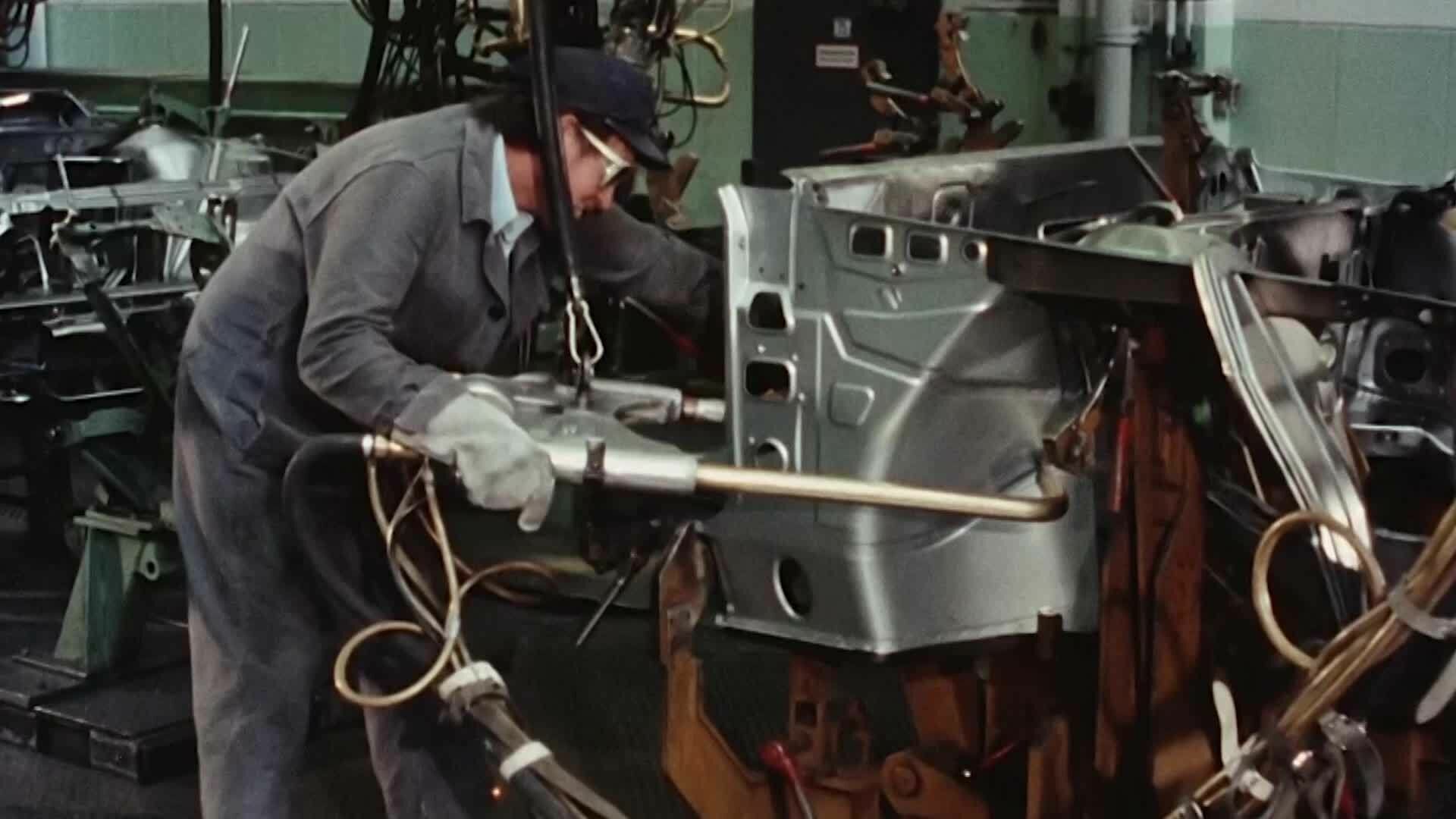 Smart Production: How Audi Is Designing the Production of the Future
Smart Production: How Audi Is Designing the Production of the Future
Along with the powerwall visualization, Audi is increasingly using head-mounted displays. The major advantage of that method is that it allows experts to experience virtual models from the customer’s perspective. Because this special virtual reality system can run on standard hardware and software, it can be installed quickly and flexibly. Many people can use it, and it can easily be recreated at other locations around the world. This technology is also used in tolerance management. That way, Audi ensures it can build a particular model to spec from both a constructive and a qualitative perspective. With 3D simulations of the body, the effects of component and assembly tolerances can be foreseen in the vehicle's image. The simulation results are then realistically visualized using virtual reality. That way, the experts from Audi Production can influence the design and development process regardless of time and place at almost no additional cost and, for the first time, from the production facilities. What are the essential benefits of virtual assembly planning in smart production? Virtual assembly planning not only saves material resources but also makes innovative, flexible collaboration possible across different locations. It eliminates the need to build prototypes in the planning process. A scanning process generates three-dimensional point clouds that can be used to virtually reverse engineer machines and infrastructure. The software is based on artificial intelligence and machine learning. It makes it possible for employees at Audi to navigate through assembly lines virtually. Volkswagen’s Industrial Cloud gives them an efficient tool that allows them, for example, to compare locations and use appropriate solutions from other production lines in their planning. Right now, Audi is working with NavVis to test Spot the robot dog so they can do the 3D scans as efficiently as possible.
 TechDay Charging Experience
TechDay Charging Experience
Range, charging performance, and in-car display are among the decisive factors in fulfilling this basic need.
The Audi TechDay Charging Experience will show how we give our customers an integrated experience through technical expertise, a sophisticated battery concept, and a reliable remaining range display. It begins in our battery testing center in Gaimersheim and our know-how in the design, development, and control of battery cells. To give customers a taste of premium charging, the Audi charging hub in Nuremberg will demonstrate that the future belongs to reservable high-power charging in urban spaces. For that reason, we are planning additional sites. Finally, customers will experience first-hand through the remaining range display in our e-tron models that reliability is our top priority and an intelligent algorithm makes all the difference.
You can find all information and press materials here.
An ideal basis for planning: Range display in Audi electric cars gives a reliable picture Whether you’re driving around the corner, commuting to work, or going on vacation: When you’re on the road in an electric car, reliable range indications form the basis for planning all your mobility needs. Statutory test cycles as the basis for range indication can only serve as a general guide for planning since, in practice, range is impacted by numerous parameters. In addition to external factors such as congestion, route topography, or outside temperatures, driver-specific influences including individual driving style or the use of comfort features also play an important role. The remaining range display in the all-electric e-tron models from Audi passes this test in flying colors by factoring in all relevant parameters and providing a realistic picture. On top of that, the route planner ensures that any necessary charging stops on the trip are ideally planned into the route.
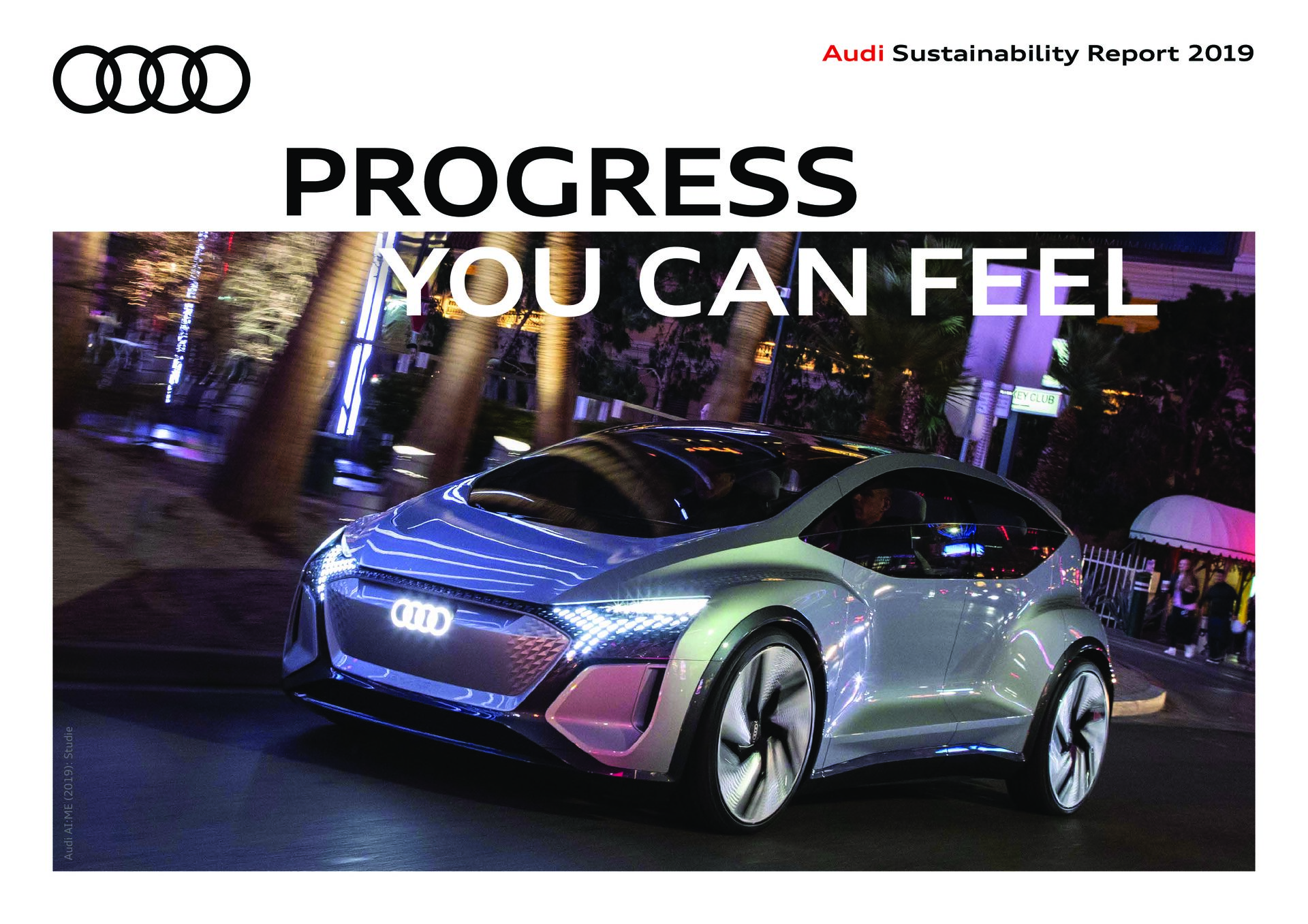 Audi Sustainability Report 2019
Audi Sustainability Report 2019
Circular economy Em issions and energy m anagem ent in the factory S u stain ab ility stan d ard s in th e su p p ly ch ain Less is more Environ men t (C O₂ne utr al pr od uc tio n/ pl an ts ) Com parison of content w ith GRI standards Co mp ari so n o f c on te nt w ith G RI st an da rd s Viable value creation Not just a single closed circle, but several along the entire automotive value chain: Experts at Audi analyze and identify the opportunities and risks of a circular economy. Stronger together As a large industrial corporation, Audi is mindful of its responsibility toward society and the environment – and uses its impact to meet this responsibility along the entire value chain. C o m p ar is o n o f co n te n t w it h G R I st an da rd s Comparison of content with GRI standards Com p arison of con ten t w ith G R I stan d ard s Audi carefully analyzes the environmental aspects of its worldwide manufacturing network – with the vision of building its cars in carbon-neutral plants by 2025. The most important key figures in 2019. Con serv atio n o f re sou rce s/c irc ul ar ec on om y (u se o f s ec on da ry m at er ia l) Integrated and well thought out Thinking consistently from start to finish: The life cycle assessment of a vehicle shows where its environmental footprint arises. The most important facts about the complex analyses. Ve hi cle sa fe ty Alter nativ e drive tech nolog ies Transparency forresources and life cycle assessment Environm ent (electrifi catio n o f en sive) Full of power When it comes to drive systems, Audi is pursuing a holistic approach: from e-tron to the expansion of the charging infrastructure, from solutions for the last mile to refueling with green electricity, from hybrids to hydrogen cars. The most important key parameters. Better safe than sorry There is a reason why people feel safe while driving an Audi: It is safe! We owe that in part to the work of the experts at the Audi Accident Research Unit (AARU). A report.
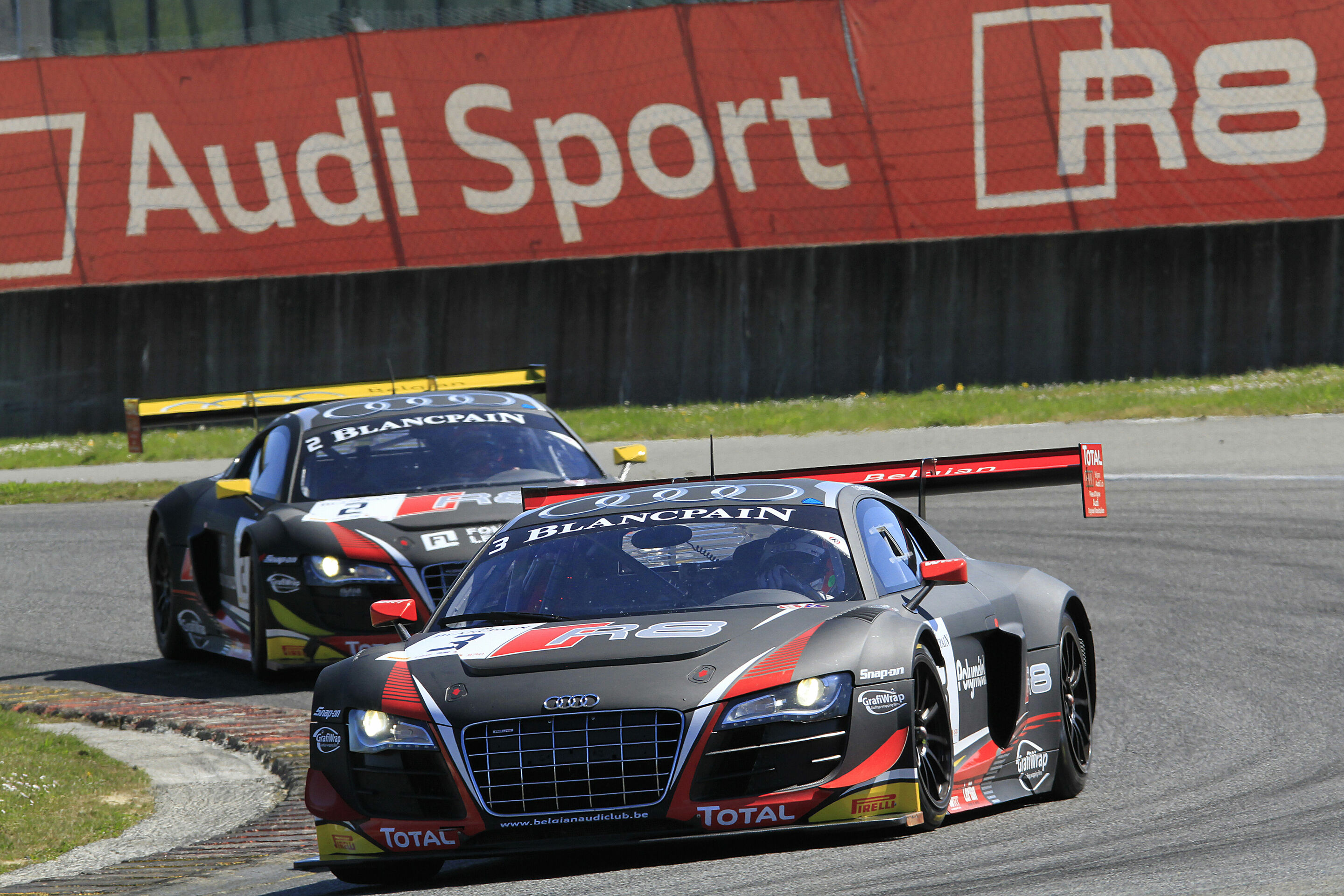 Audi Motorsport Newsletter 10/2015
Audi Motorsport Newsletter 10/2015
Audi Belgian Audi Club Team WRT takes double podium in Blancpain Sprint Series Lucas di Grassi reclaims Formula E championship lead Audi customer team ISR celebrates class victory
Australia, Europe, Japan and the USA: Audi customer teams around the entire world celebrated success over the Easter weekend. In the Blancpain Sprint Series, the Belgian Audi Club Team WRT took two podium positions. The ISR team also claimed a class victory in the same race. Audi factory driver Lucas di Grassi reclaimed the FIA Formula E championship lead.
Audi customer teams dominate in southern France In the opening round of the Blancpain Sprint Series season, the Audi R8 LMS ultra was the leading car: five of the powerful 560 hp GT3 racecars finished in the top eight in the main race. The most successful of this group was Belgian Audi Club Team WRT, which took second place in the main race with drivers Stéphane Ortelli and Stéphane Richelmi after they had won the previous day’s qualifying race. The second WRT Audi driven by Christopher Mies/Enzo Ide finished both races in third place. Their team mates James Nash/Frank Stippler were sixth in the main race. Marco Bonanomi and Filip Salaquarda finished seventh for the Audi customer team ISR. Their team mates Anders and Thomas Fjordbach celebrated class victory in the Silver Cup category. A fantastic comeback drive by Markus Winkelhock and Niki Mayr-Melnhof from Phoenix Racing ended in eighth place after having stated from the back of the grid. The Blancpain Endurance Series also starts its new season this coming weekend. Ten Audi R8 LMS will join the grid at Monza – four from Belgian Audi Club Team WRT, and two cars each from Saintéloc Racing and ISR as well as a single car from Phoenix Racing and Team Parker Racing. Phoenix and WRT will both field a new R8 LMS.
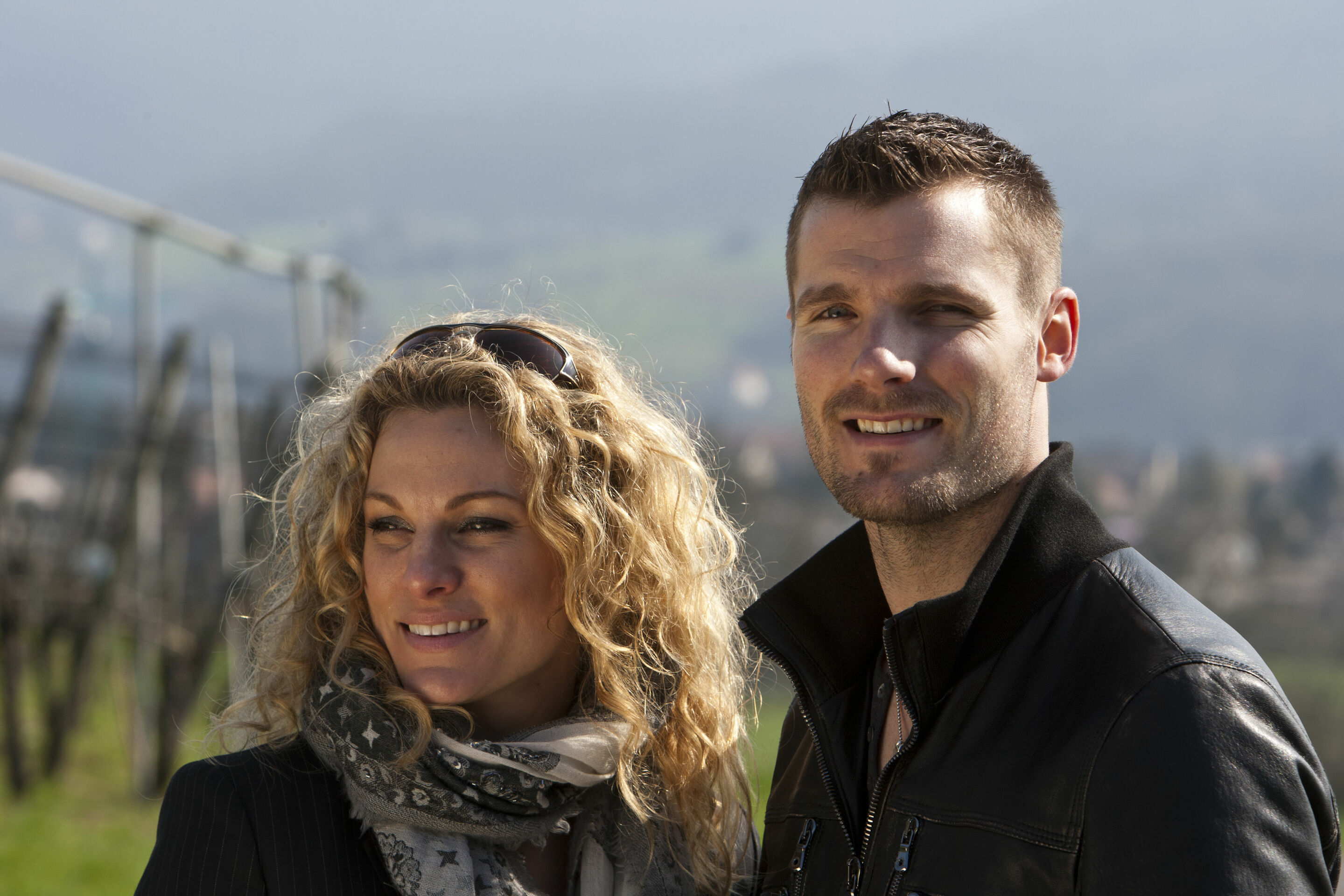 Audi driver Martin Tomczyk – success factor coolness
Audi driver Martin Tomczyk – success factor coolness
Martin Tomczyk is the man of the moment in the DTM Rosenheim-born racer celebrates home race at Munich show event
First “yabba dabba doo”, then “yippee-ki-yay”: Audi factory driver Martin Tomczyk and Audi Sport Team Phoenix currently ride the crest of a success wave in the DTM and spring from one shriek of delight to the next. Five races, four times on the podium, two particularly sweet victories – for the first time after ten seasons in touring car racing’s premier league Tomczyk competes for another team and with equipment from an older model year. The 29-year-old has found a new sporting home with the Audi factory team located on the Nürburgring’s doorstep. Not forgetting the coolness required to covert his number one status into regular top results. A portrait of the amiable Bavarian who has established coolness as success factor in the toughest DTM season of the new age.
What did Martin Tomczyk initially notice after changing from Audi Sport Team Abt Sportsline to Audi Sport Team Phoenix? “Team Boss Ernst Moser is an extremely passionate and meticulous racer,” says Tomczyk. “This gets rubbed off directly onto the entire team, which puts all its heart into the job in hand. This is why I felt at home here from the word go.” For the Rosenheim born racer moving to Audi Sport Team Phoenix after years with the Audi Sport Team Abt Sportsline squad was anything but a culture shock. A family atmosphere characterizes both teams, but there is a crucial difference. “While Abt Sportsline fields five cars in the DTM, Phoenix just enters two,” says Tomczyk. “As a result, I enjoy the entire squad’s complete trust thanks to the experience I gathered over the previous years and what I learnt with the ‘Abts’. Being the more experienced driver I am also the team leader in the two car team.” For Tomczyk a healthy form of pressure. Because moving across to Audi Sport Team Phoenix also brought with it a change to an older model year of the Audi A4 DTM.
